Welcome to Clothe The People
Solidarity - Not Charity
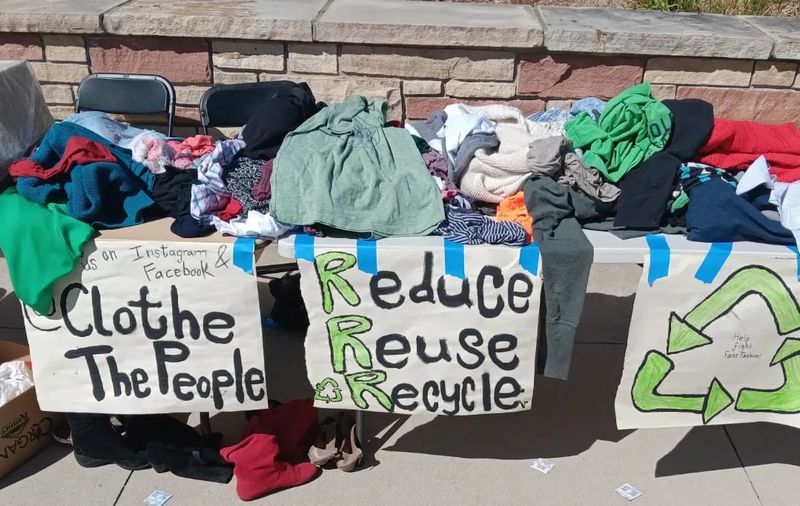
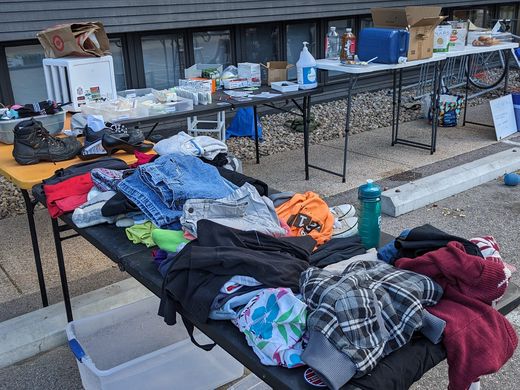
What is Mutual Aid?
Mutual aid is the practice of working outside of traditional institutions to create more survivable conditions for all of us. Examples include:
- Helping your neighbors in need, without expectations of anything in return
- Creating a support network for people who are incarcerated
- Providing free childcare for workers on strike
- Organizing a free clinic for those who cannot access care
- Providing PPE, water, and medical services during a protest
- Assisting migrants, the unhoused, and other vulnerable populations in obtaining the resources they express need for
- Or As We Do At CTP serve as a logistical organization - sourcing clothes, food, hygiene products, harm reduction supplies, survival gear and more - which we distribute directly to folks in need, or to other organizations that are doing the same kind of work

Mutual Aid is Anti-Capitalist
Mutual aid breaks the capitalist binary of the “haves and have nots” through the reallocation of resources. Capitalists can only practice temporary reallocation (i.e. philanthropy), that benefits the capitalist class more than the populations they claim to support. There is no profit motive in mutual aid work as it is based on free and equitable access. Mutual aid can become an economy in of itself based on solidarity and compassion rather than profit and greed.
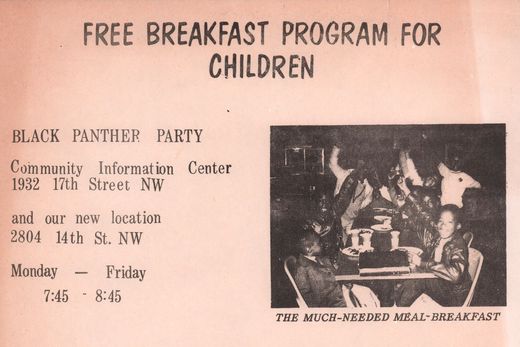
Mutual Aid is a BIPOC Tradition
Mutual aid is indigenous lifeways and sovereignty; it is black thrivance and power. BIPOC mutual aid practices predate colonialism and was not born out of survival. The co-optation of mutual aid without accountability is racism and BIPOC erasure.
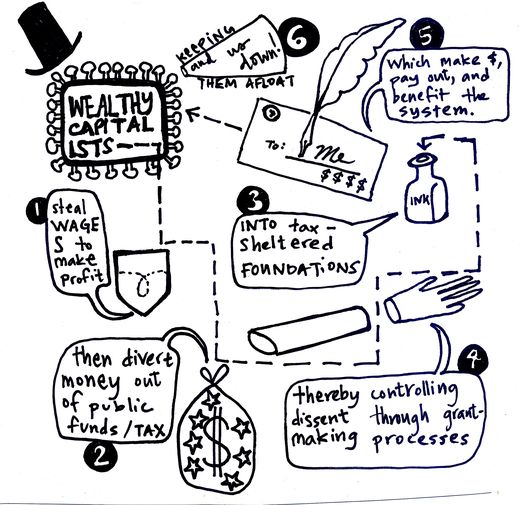
What Mutual Aid is NOT!
Mutual aid is NOT charity. We do not, and never will become partners with the non-profit industrial complex, the state, or billionaire ‘philanthropists’. We at Clothe The People believe that these institutions are part of the problem, not the solution. Examples of what is NOT Mutual aid
- Means testing, conditioning aid based upon race, gender, sexuality, ethnicity, nation of origin, or citizenship status
- Taking grants from, being co-opted by, oppressive insitutions i.e. the state, the wealthy, members of the oppressor class
- Being a savior and assumming a person’s needs
Mutual Aid vs Charity
Mutual Aid vs Charity
| Horizontalist and Participatory Characteristics of Mutual Aid Projects | Characteristics of Hierarchical, Charitable Non-Profits and Social Service Programs (or what tends to change about mutual aid projects as they move toward becoming charities or social service programs) |
|---|---|
| “Members” = people making decisions | “Members” = donors |
| De-professionalized survival work done by volunteers | Service work staffed by professionals |
| Beg, borrow, and steal supplies | Grant money for supplies/philanthropic control of program |
| Use people power to resist any efforts by government to regulate or shut down activities | Follow government regulations about how the work needs to happen (usually requiring more money, causing reliance on grants, paid staff with professional degrees) |
| Survival work rooted in deep and wide principles of anti-capitalism, anti-imperialism, racial justice, gender justice, disability justice | Siloed single-issue work, serving a particular population or working on one area of policy reform, disconnected from other ‘issues’ |
| Open meetings, as many people making decisions and doing the work as possible | Closed board meetings, governance by professionals or people associated with big institutions or big donors, program operated by staff, volunteers limited to stuffing envelopes or other menial tasks occasionally, volunteers not part of high level decision making |
| Efforts to support people facing the most dire conditions | Imposing eligibility criteria for services that divide people into “deserving” and “undeserving” |
| Give things away without expectations | Conditions for getting help or participating in something—you have to be sober, have a certain family status, have a certain immigration status, not have outstanding warrants, not have certain convictions, etc. |
| People participate voluntarily because of passion about injustice | People come looking for a job, wanting to climb a hierarchy or become “important” |
| Efforts to flatten hierarchies—e.g. flat wage scales if anyone is paid, training so that new people can do work they weren’t professionally trained to do, rotating facilitation roles, language access | Establishing and maintaining hierarchies of pay, status, decision-making power, influence |
| Values self-determination for people impacted or targeted by harmful social conditions | Offers “help” to “underprivileged” absent of a context of injustice or strategy for transforming the conditions; paternalistic; rescue fantasies and saviorism |
| Consensus decision-making to maximize everyone’s participation, to make sure people impacted by decisions are the ones making them, to avoid under-represented groups getting outvoted, and to build the skill of caring about each other’s participation and concerns rather than caring about being right or winning | Person on top (often Executive Director) decides things or, in some instances, a board votes and majority wins |
| Direct aid work is connected to other tactics, including disruptive tactics aimed at root causes of the distress the aid addresses | Direct aid work disconnected from other tactics, depoliticized, and organization distances itself from disruptive or root causes-oriented tactics in order to retain legitimacy with government or funders |
| Tendency to assess the work based on how the people facing the crisis the organization wants to stop regard the work | Tendency to assess the work based on opinions of elites: political officials, bureaucrats, funders, elite media |
| Engaging with the organization builds broader political participation, solidarity, mobilization, radicalization | Engaging with the organization not aimed at growing participants’ engagement with other “issues,” organizations, or struggles for justice |
[1^]Citation
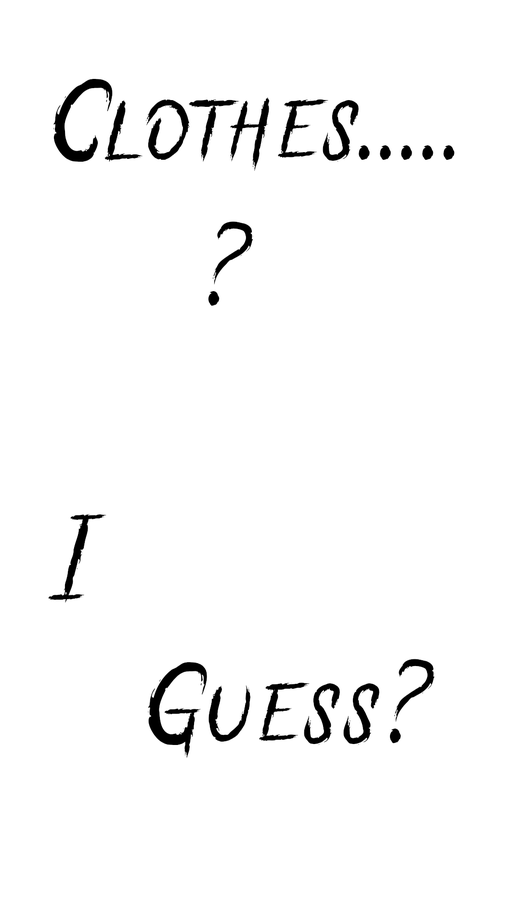
Why should I participate? What will I or my organization get out of it?
Mutual aid is part of the human condition. It is something we do all of the time when we help each other simply for the fact we are human! In an unjust society, every act of kindness, humanity, and love is an act of resistance. Now, more than ever, is a time to resist. With the rise of homelessness, inflation, the attacks on migrants and people of color, with the attacks on the bodies of women and those capable of birth, with the attacks on trans and queer folx, with the stripping of the rights of working people, with the rise of inequality and the new gilded age, political corruption, exploitation, plutocracy, and fascism. Now, more than ever, is the time to make sure folks have what they need so we can organize and fight for a truly liberatory society.
- Solidarity - When you show up for others in your community, folks will show up for you. Working folks should always have each other’s backs
- Community - Humans, as social creatures, need community and a sense of belonging for our wellbeing. By engaging in mutual aid, we build and strengthen our communities
- Health - If you are cold, you deserve shelter, warmth, and clean clothes. If you are hungry, you deserve a meal. If you are sick, you deserve care. If you are unclean, you deserve the tools for self care. If you are lonely, you deserve a friend. Here at Clothe The People, this is our goal, not only for the organizations and people we serve, but us too.We support each other
- Autonomy - Mutual aid at its best is participatory. That means we are all partners in our collective liberation. That means you get a say in the decisions that affect you. We are leaderless, but leaderful. Your voice matters. By making decisions together, sharing work, and building our collective skills, we build stronger movements, grow together, and create resilient communities